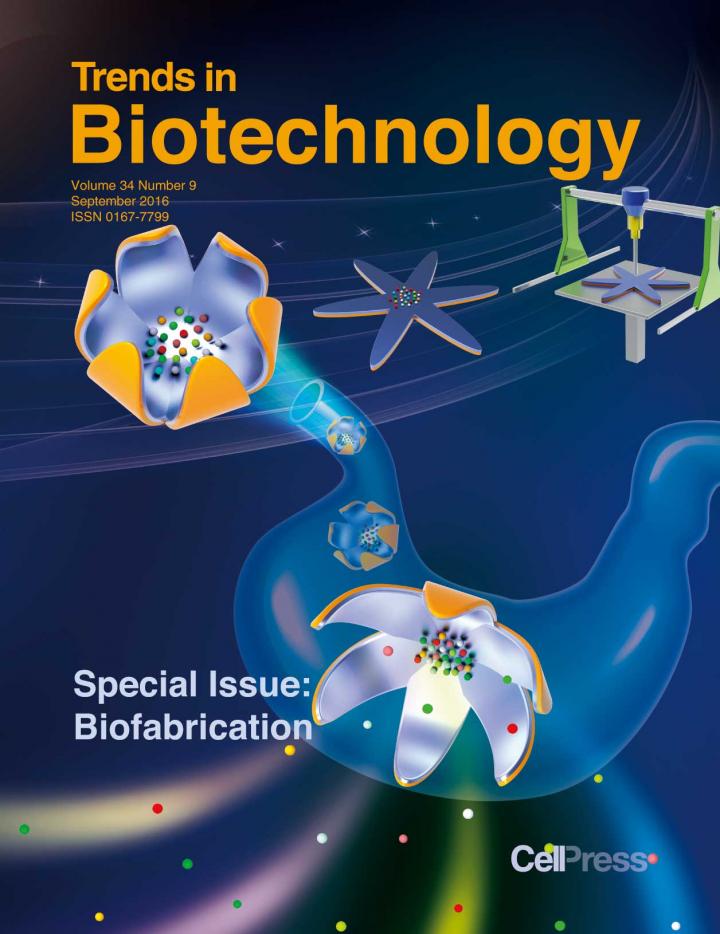捕获碳以减缓气候变化:储存还是使用?
IF 14.3
1区 工程技术
Q1 BIOTECHNOLOGY & APPLIED MICROBIOLOGY
引用次数: 0
摘要
减少大气中的二氧化碳对应对气候变化至关重要。在减少排放的同时,还必须捕获大气中的二氧化碳,并根据哪种方案能产生最佳结果,加以利用或储存。政府政策应协调生物经济等领域的行动,避免产生不当激励。本文章由计算机程序翻译,如有差异,请以英文原文为准。
Capturing carbon to mitigate climate change: storage or use?
Reducing atmospheric CO2 is vital to combat climate change. Alongside reducing emissions, it is essential to capture atmospheric CO2 and either use it or store it, depending on which option yields the best outcomes. Government policies should coordinate actions in areas such as the bioeconomy and avoid creating perverse incentives.
求助全文
通过发布文献求助,成功后即可免费获取论文全文。
去求助
来源期刊

Trends in biotechnology
工程技术-生物工程与应用微生物
CiteScore
28.60
自引率
1.20%
发文量
198
审稿时长
1 months
期刊介绍:
Trends in Biotechnology publishes reviews and perspectives on the applied biological sciences, focusing on useful science applied to, derived from, or inspired by living systems.
The major themes that TIBTECH is interested in include:
Bioprocessing (biochemical engineering, applied enzymology, industrial biotechnology, biofuels, metabolic engineering)
Omics (genome editing, single-cell technologies, bioinformatics, synthetic biology)
Materials and devices (bionanotechnology, biomaterials, diagnostics/imaging/detection, soft robotics, biosensors/bioelectronics)
Therapeutics (biofabrication, stem cells, tissue engineering and regenerative medicine, antibodies and other protein drugs, drug delivery)
Agroenvironment (environmental engineering, bioremediation, genetically modified crops, sustainable development).
 求助内容:
求助内容: 应助结果提醒方式:
应助结果提醒方式:


